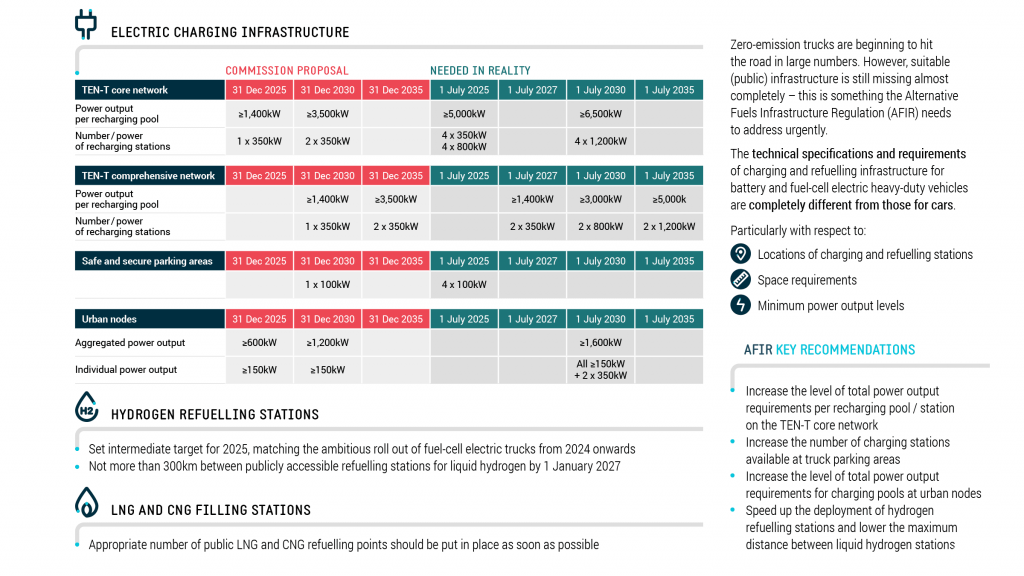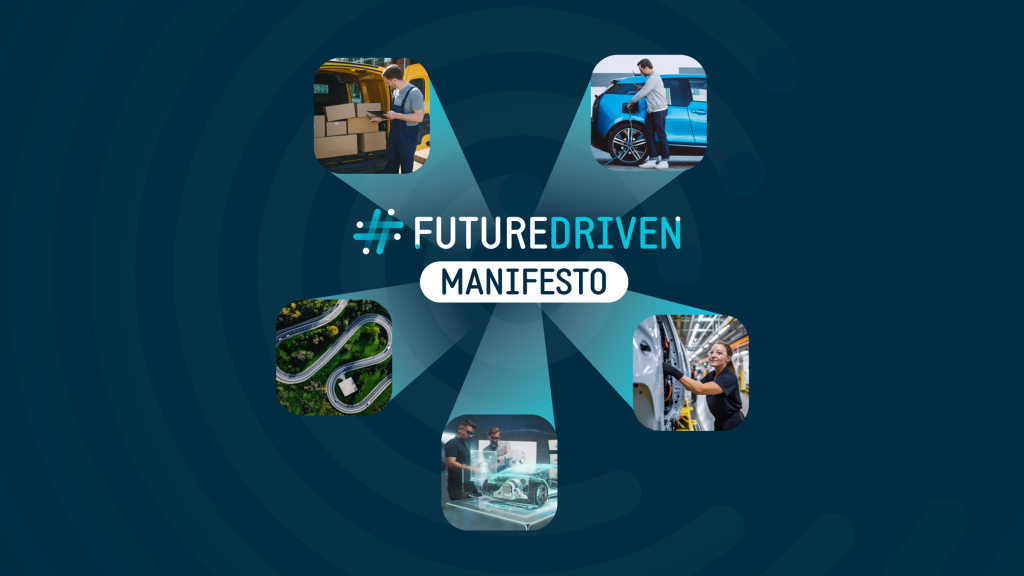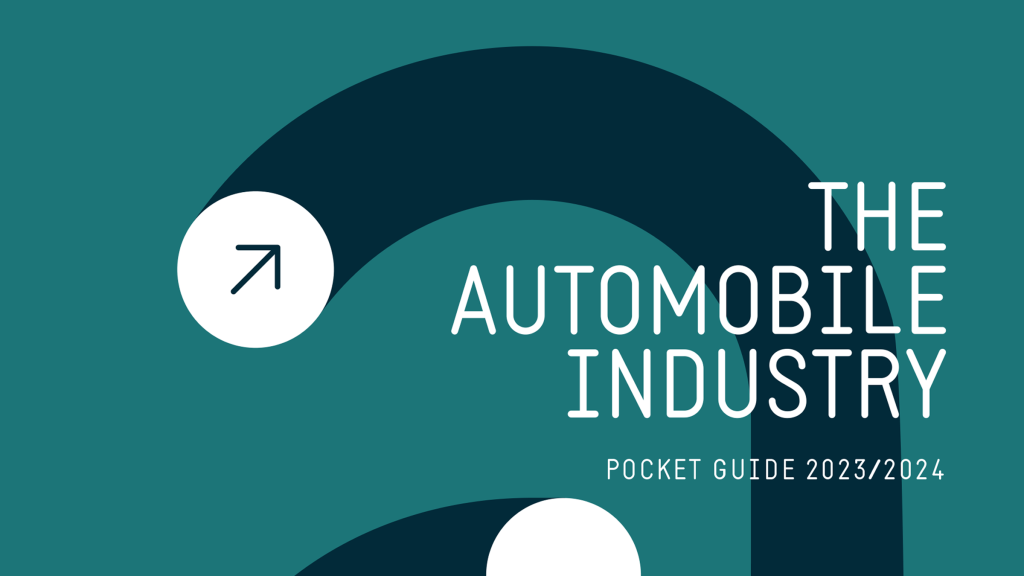Fact sheet: CO2 standards for heavy-duty vehicles

ACEA’s fact sheet reviews the current regulation on CO2 standards for heavy-duty vehicles. It includes key considerations on the recently proposed revision of this regulation, and reviews the framework conditions needed to ensure a broader market uptake of zero-emission vehicles.
Road freight is the backbone of trade and commerce on the European continent. Trucks carry 77% of all freight transported over land in the European Union, and function as part of a logistics chain whose components also include inland waterways, shipping, air and rail transport.
The heavy-duty sector is responsible for just over a quarter of the greenhouse gas (GHG) emissions from road transport, and for about 6% of the EU’s total GHG emissions.
To curb emissions from road transport, current legislation on CO2 standards requires manufacturers to reduce the emissions of new trucks by 15% by 2025 and 30% by 2030 (compared to a mid-2019 to mid-2020 baseline). Today, almost three out of four new trucks are subject to the current CO2 reduction standards.
The legislative review proposed by the European Commission on 14 February 2023, extends and increases the target levels even further to -45% in 2030, -65% in 2035 and -90% in 2040. With this extension of the scope of the CO2 standards regulation, more than 98% of the sector’s CO2 emissions will be regulated.
As the registrations of zero-emission vehicles (battery-electric and hydrogen-powered) have accelerated (from 692 in 2019 to 1,239 in 2020 and >2,500 in 2022), this fact sheet reviews the factors that determine their market uptake and what is needed to reach current CO2 standards as well as providing estimations on fleet and infrastructure needed should the CO2 reduction targets be increased further.
Building a solid business case which strongly supports the operation of zero-emission trucks and buses will lead to rapid market adoption of such vehicles and swift decarbonisation of road transport. Therefore, decarbonising road transport requires more than setting higher CO2 targets for manufacturers. Transport operators must be able to seamlessly recharge/refuel these new vehicles, and be able to operate them more profitably than their conventionally powered trucks.
Decarbonising road transport requires more than setting higher CO2 targets for manufacturers. Transport operators must be able to seamlessly recharge/refuel these new vehicles, and be able to operate them more profitably than their conventionally powered trucks.


